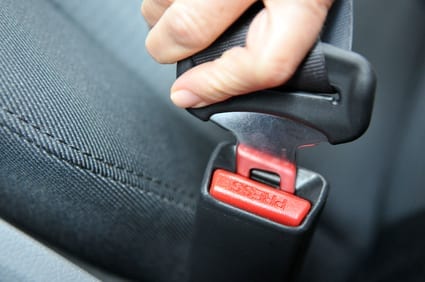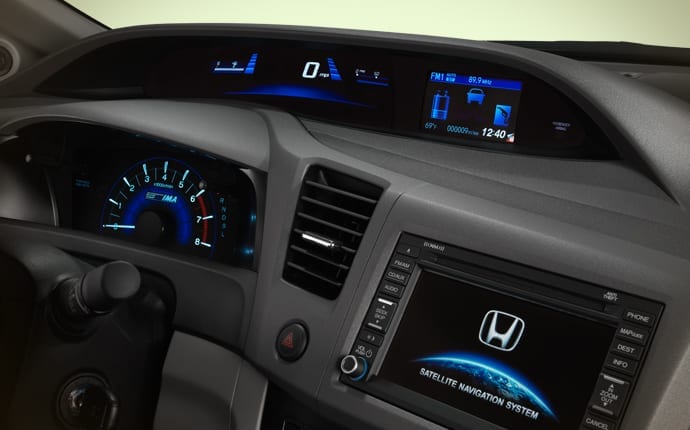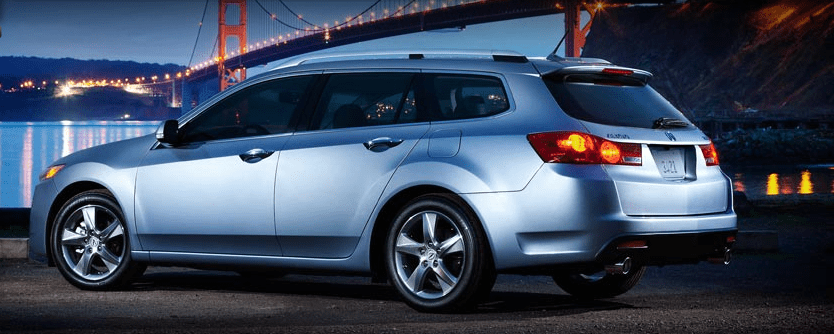Safety, performance, fuel economy, comfort, reliability—there are a slew of factors for parents to consider when on the hunt for a new vehicle. But safety is the essential quality parents should seek when finding a car to suit their newly driving teenager. In fact, 20 percent of 16-year-old drivers have an accident during their first year of driving, Geico notes. There are a number of key features to research when it comes to finding a safe vehicle, Reader’s Digest reports. Although none of the following features can completely prevent your teen from being involved in an accident or injury, when accompanied with good defensive driving, these safety features can save your son or daughter’s life.
Start Your Search
The Insurance Institute for Highway Safety produces an annual list of “top safety picks” by vehicle make and class. Here are some of 2013’s most popular safe vehicles:
- Midsize car – Hyundai Sonata
- Large family car – Chrysler 300
- Midsize car – Buick Verano
- Small car – Acura ILX
- Large SUV – Buick Enclave
- Midsize SUV – Honda Pilot
- Small SUV – Jeep Patriot
Chapman Hyundai, a Phoenix Hyundai dealer, stated that insurance rates are affected by replacement parts costs, and although domestic models tend to be less expensive to repair than imports, brands like Hyundai and Toyota offer domestic parts support.
Air Bags
Despite the controversy, air bags are an essential part of vehicle safety when used correctly. Air bags are made to prevent collision between passengers and vehicle objects in the event of an accident. However, if a vehicle occupant is not in a seat belt upon impact, deployment can lead to injury. Airbags can be hazardous to children aged twelve or younger who weigh less than the front seat weight limit, according to DMV.org. However, teens and small adults are still at risk during airbag deployment if not wearing a seat belt. The effectiveness of air bags are reliant on wearing both lap and shoulder seat belts.
Seat Belts
The ‘Click It or Ticket’ initiative exists for a reason. Teenagers are less likely to wear safety belts than anyone else. When involved in a collision, seat belts restrain vehicle occupants from colliding with potentially hazardous objects like a windshield or steering wheel and have saved countless lives. New vehicles should have:
- Seat belt pretensioners.
- Adjustable upper belts.
- Rear center seat lap/shoulder belts.
- Energy management features.
Head-Injury Protection & Restraints
An energy-absorbing material like foam should be under the vehicle trim. Ask the car salesman about this important safety feature for your teen. Note that some vehicles offer head airbags, but these do not protect against the same injuries as a built-in energy absorbent. Head restraints, on the other hand, are seat extensions that limit movement of the driver’s and passengers’ heads during rear-impact crash.
Traction Control
Traction control deals with the front to back tire friction loss during vehicle acceleration. When you step on the gas from a complete stop or accelerate once you’re on the freeway, traction control ensures that your tires achieve maximal contact with the roadway no matter what the road conditions, as Edmunds explains.
Anti-lock-Brake System
An anti-lock brake system helps a driver maintain better steering control in the event of an accident, as it prevents the vehicle’s wheels from locking during panic braking. In an all-wheel drive vehicle, all wheels are are monitored by ABS. In a two-wheel vehicle, only the the rear wheels are accounted for. Brake assist is an extension of ABS that detects panic braking and gives brakes more power.
All-Wheel Drive
All-wheel drive maximizes traction by distributing power evenly throughout all points of the vehicle. But, a driver must have all-wheel drive and traction control to avoid slipping when excess power is created by over-acceleration. Given that teens are less experienced behind the wheel, AWD is an integral feature — especially during adverse weather conditions.
Electronic Stability Control
Working in tandem with anti-lock braking systems, electronic stability control is a feature that maintains the stability of a vehicle. It measures the steering input of a driver in relation to the vehicle’s wheel traction and yaw angle (rotation around the car’s vertical axis), as Cars.com makes clear. The control can sense when a vehicle is under or over steering and automatically makes changes to the wheel.
Modern Day Moms
Modern Day Moms is an award-winning publication centered around motherhood that is real and unfiltered. Basically, we don't sugarcoat anything and aren't afraid to tell you the truth. Let's be best friends, we will make you feel more normal.





Leave a Comment